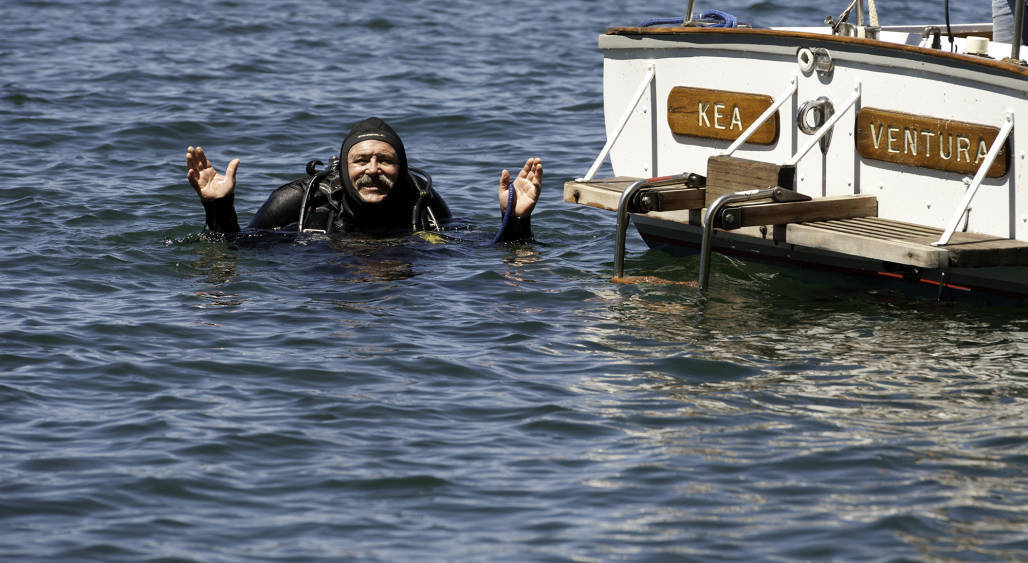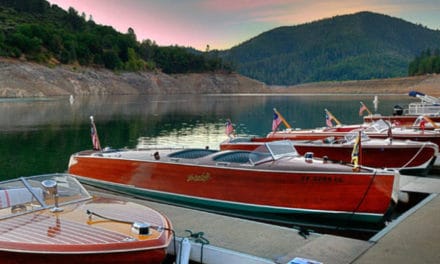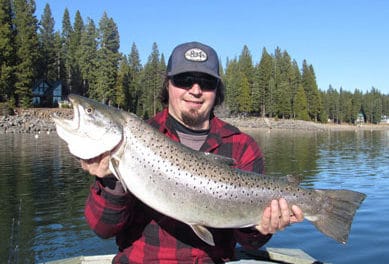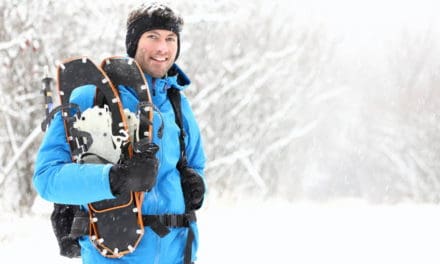Special Series Part 1 of 2
By Melissa Wynn
We often think of our summer vacation as our annual escape from the “real world.” Although that is true to some degree, the truer escape from the real world lies underwater with the fishes.
Many of the lakes in Mountain Valley Living country are manmade, flooded areas that were once rural communities. These areas are now submerged curiosities open to anyone with a snorkel or scuba certification to explore. Learning to dive can lead to an afternoon with the trout swimming leisurely through underwater ghost towns in the silent, green world beneath the lakes busy, shimmering surface.
Joel Rapose of Rapose Diving and Salvage has been diving Lake Almanor for years, recovering everything from sunken boats to car keys. Joel points out that scuba divers need to bring plenty of extra tanks and supplies as the nearest scuba outlet to Lake Almanor is in Chico.
Having explored miles of this tranquil, forest-lined, underwater seascape, Joel knows the best places to swim through the past. He reports that, “Back in the 1950’s the power company had a barge with a cutting attachment that cut everything at 30′ down, so there are lots of stumps and in the really deep spots it looks like a forest, full grown trees with just the tops cut out, a great place to watch fish.” What an experience to swim through a pine forest beneath the waves!
Joel shares that his favorite Lake Almanor spot is an 8′-16′ dive at the waterfall in the Powerhouse area. He tells how one can swim under the waterfall, then turn so your face is skyward and rise up under the waterfall. His thrill here is that “it feels neat … like a super powerful spa, the closer you get to the surface the more the water pummels you. Plus, all the trout swim around and around in the same direction. It is like being at an aquarium. If you follow that old river channel to the lake, right at the entrance you will see a huge log structure filled with rocks. I think it was a platform for a crane years ago before the lake level was raised.”
Many divers who are in the know agree with Joel that another wonderful Lake Almanor dive is the place that he calls “the awesome hole in the bottom of the lake.” This is a much deeper dive, descending to 50′-60′ at Big Springs. The famous hole is fed by an ancient underground spring and changes size depending on how high or low the pressure in the lake is. This amazing feature is largest when the lake is low and more water comes percolating up into the lake, like the tinkling bubbles rising from your regulator. Joel says, “the hole is about eight feet across; all that is in the hole are big rocks.” The mysterious fascination here lies in the area’s sandy bottom. He says he could observe for hours as the sand constantly tries to reenter into the hole.
He notes how it reminds him of the sand monster in the Star Wars movie. Kind of eerie, but very cool! Somewhere down the mysterious hole is the underground river, so everyone recommends avoiding going into the hole or getting too close. Watch from a safe distance. The sand in that area is fun to observe as it moves about and bubbles from the pressure of the water as it flows into the lake. Joyce from Aqua Divers in Redding compared this phenomenon to the tiny geysers of smoke you see in the documentaries about diving in Hawaii’s volcanic areas, a silent symphony of sand pipes. This dive really requires a 7 or 8mm thick wetsuit, gloves and hood as the water of the bubbling Big Springs is very cold year round. All these dives should only be attempted by certified divers.
To view the big fish, the dam that created Lake Almanor at Canyon Dam is the dive they say is remarkable. This earthen dam houses huge boulders where monster catfish like to hang out. Where else can you swim with a four foot catfish one day and come back on another day to try your hand at hooking him for lunch or dinner? From the shallow shore to 80 feet out, this is a spot enjoyed by experienced snorkelers as well.
History buffs and the local divers have a soft spot for the diving opportunities around today’s Camp Prattville. The site that was the original town of Prattville lies beneath the lake just offshore. Joel says this underwater ghost town is “easily located maybe 200 yards straight out from the flagpole of Carol Wilson’s Camp Prattville.” Using a fish finder you can see that the bottom is about 30′ deep and flat. There you will see a hill with a brisk drop-off. The building was on the top of the hill when a lake existed just behind the hotel. Just east of the hotel hill is the main street and shops; nothing remains except rock foundations. If you go to where the lake was located and follow it a bit east you will come to a cement dam. It is still there and easy to see with a fish finder.
One story recalls a big boat sinking while tethered to one of the towers at the end of the lake. Several old cars also remain that are fun to look at and explore. “And as far as the old cabins that existed at the site, all that remains are the chimneys.” Joel also reports that “To do a refresher dive the best place is the old marina at Prattville. Two rock/gravel barricades prevent boats from entering the area, but the water is fairly clear through the season and depths are under 20 feet. This provides a safe spot with plenty of parking and comfortable spots on the beach that make it fun for a group dive.” You can contact Joel for diving advice or to fetch your valuables that sank in the lake by emailing him at joelrapose@frontier.com or by phone at 530-259-3150. Visit his webpage at www.lakealmanorcountryclub.org.
Learning to dive can offer you more than oceanic adventures. Enjoy some history. Classes are offered for diver’s certification. For more information, contact a nearby dive shop.
Read Part 2 here https://mountainvalleyliving.com/2014/07/14/underwater-ghost-towns-special-series-part-2-of-2/















